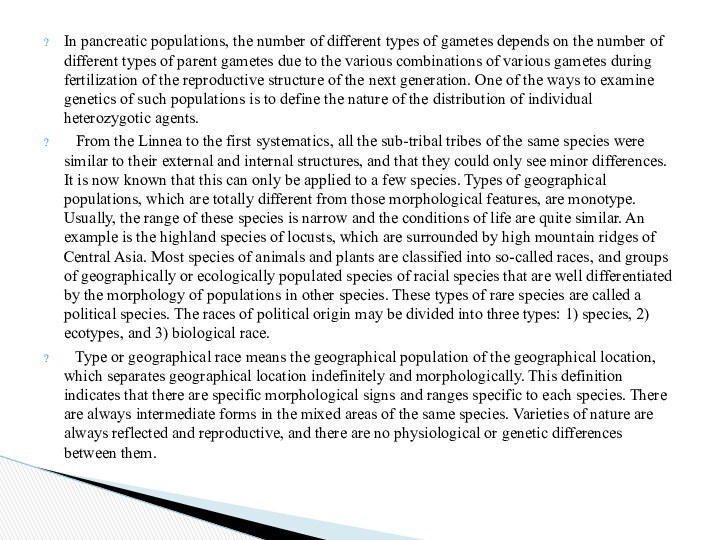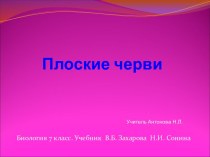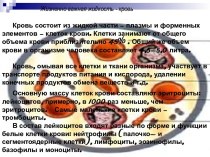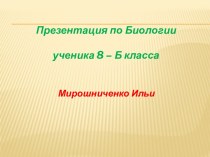every species in a certain area - the habitat.
Often groups, often located everywhere in the area, can not communicate with each other and live separately without being reflected. The number of these groups depends on the number of species, the historical (phylogenetic) age, the territory of the territory and other factors. Population - life cycles, similar to morphological symptoms, common sets of gensons.The term "population" is a Latin term. populus means people. This term was first used by geneticist VL Iogansen.
The concept of "populations" is one of the basic concepts in biology, and genetic, evolutionary and ecological studies of populations are combined into a specific direction - population biology. Population ecology or demecology is a part of this trend.
Population concepts and criteria












































